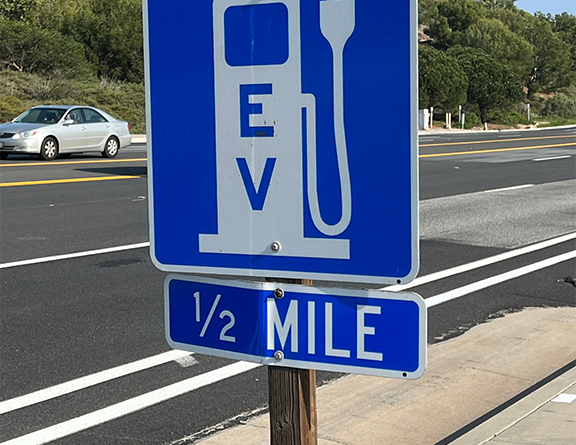California’s Bold Move Toward Zero-Emission Freight Corridors
California leads the nation in its ambitious efforts to reduce greenhouse gas emissions through zero-emission vehicles (ZEVs). Central to this mission is expanding its electric vehicle infrastructure to meet the demands of a growing EV market. Federal funding, state initiatives, and private investments are converging to establish freight corridors powered by clean energy, promising to revolutionize transportation and redefine sustainability in logistics.
The push for an EV future in California
California’s investment in EV infrastructure is unparalleled, with significant federal and state support driving its expansion. The state has recently secured $122.9 million through the Infrastructure Investment and Jobs Act to target EV charging stations for medium- and heavy-duty vehicles. This funding aligns with the California Energy Commission’s $1.4 billion initiative to add nearly 17,000 chargers.
The National Electric Vehicle Infrastructure Program plays a vital role, enabling the development of high-powered DC fast chargers along key routes. By prioritizing Alternative Fuel Corridors, the state is creating a seamless network of EV stations, supporting its broader climate goals. California’s target to deploy 150,000 medium- and heavy-duty EV chargers by 2030 reflects its commitment to addressing freight and commercial vehicle operators’ needs.
The role of private investments in enhancing EV infrastructure
Private sector contributions are pivotal in bridging gaps in California’s EV network. Companies like TeraWatt Infrastructure and GM are expanding charging access for heavy-duty vehicles, particularly along freight corridors.
TeraWatt Infrastructure pioneers a network connecting the Port of Long Beach with key logistics hubs, including El Paso, Texas. Similarly, Greenlane’s 280-mile corridor between Los Angeles and Las Vegas demonstrates the focus on long-haul EV solutions for freight transport.
GM and EVgo have also contributed by installing over 2,000 public DC fast-charging stalls nationwide, with California at the forefront. These efforts ensure both urban and rural areas benefit from the infrastructure expansion.
Addressing challenges in EV adoption and infrastructure development
California faces challenges that could hinder its EV goals. Reliability remains an issue, with over 90,000 public EV chargers often cited for broken equipment and long wait times. Such inefficiencies risk discouraging EV adoption among fleet operators.
The state’s energy grid capacity is another concern. Increasing EV usage raises electricity demands, straining California’s already taxed grid. Effective management and investments in renewable energy remain limited in scale. Similarly, parking shortages for heavy-duty EVs, especially near freight hubs, further complicate infrastructure development.
Inclusivity and accessibility in California’s EV transition
Equity is a cornerstone of California’s EV strategy. The California Energy Commission allocates at least 50% of its funding to benefit disadvantaged and low-income communities, ensuring zero-emission transportation benefits everyone.
Projects aim to provide accessible charging in underserved areas, addressing disparities in EV adoption. Rural communities and urban neighborhoods with limited chargers are receiving targeted investments.
Affordability is another focus. With affordable EV charging options, California is enabling individuals and small businesses to transition to electric transportation, fostering widespread adoption.
California’s goal of deploying 150,000 medium- and heavy-duty EV chargers by 2030 is central to creating sustainable freight corridors and supporting commercial transportation electrification. The state fosters partnerships among government agencies, private companies, and community organizations. Public and private investments complement each other, advancing initiatives like TeraWatt Infrastructure’s freight corridor and Greenlane’s charging networks.
Technological advancements, such as improved battery storage, faster charging, and better grid integration, will also be crucial. State agencies are streamlining regulations and offering incentives to encourage businesses and consumers to adopt zero-emission solutions. While the road ahead is complex, California’s comprehensive approach prioritizing inclusivity, reliability, and sustainability sets a blueprint for others.
Sources:
To keep up-to-date with our latest transportation and logistics news, subscribe to our newsletter today.
